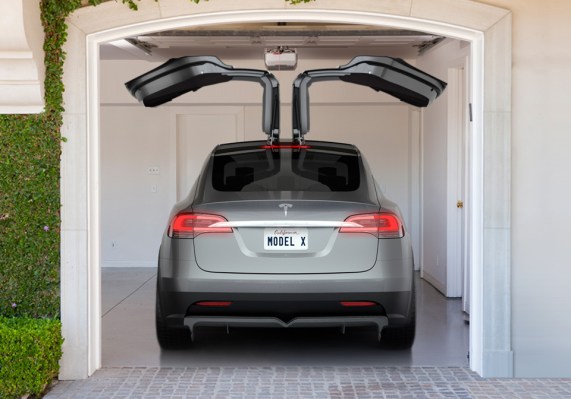Tesla’s share price is higher than makes any logical sense, given the number of cars it makes and sells, but the stock value got a little bit of a real-world correction last night after hours as the car-maker’s quarterly results showed another quarterly loss – albeit one that still beat Wall Street analyst consensus. Tesla reported a loss of $38 million on total revenue of $431 million for the quarter, and its share price was down just over 10 percent in pre-market trading this morning.
The losses were attributed to mostly positive causes by Tesla, however, if there can be said to be a positive reason for coming up short millions of dollars. Tesla cited its ongoing research and development spend regarding retail stores for selling Tesla vehicles, as well as for building battery stations that will pepper the globe with its Supercharger means of powering the Tesla S and other electric vehicles built by the automotive startup. And the R&D budget is getting bigger, not smaller, with plans to increase its development budget by 25 percent for the fourth quarter as it works to build the Model X sport utility and make improvements to the Model S.
Tesla chairman and CEO Elon Musk also pointed out during a conference call to discuss the results that the company is “production constrained, not demand-constrained,” which means that it’s still raking in plenty of sales. It delivered a new record of 5,500 Model S cars during the quarter, and was limited only in terms of how many automobiles it could roll off the assembly line.
For Tesla, there’s a dual challenge of delivering vehicles and building out a proper infrastructure to support them. Expanding across the globe isn’t just a case of opening a regional sales office and dealing with local regulators, though there is that, too; the company also has to make sure there’s a charging network in place adequate to the needs of its target market of drivers in each new geography. That means analyzing exactly where it needs to deploy Supercharger stations to make it so that drivers are covered for the trips they want to take, and then actually rolling out those locations, which means signing up partner sites to let them take over some parking spots and install chargers.
Tesla’s next stop is Europe, after having opened the West Coast Supercharger network spanning the U.S. from San Diego to Vancouver in Canada last week. Europe growth of the Supercharger network is planned throughout 2014, so while production increases may help secure more revenue from car sales, don’t expect R&D spend to decrease in future quarters.
